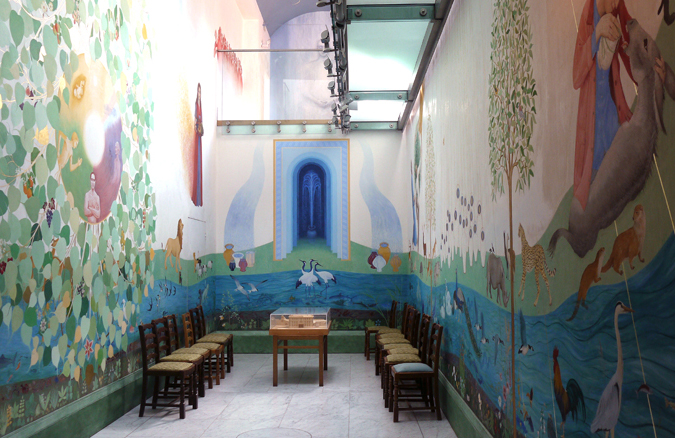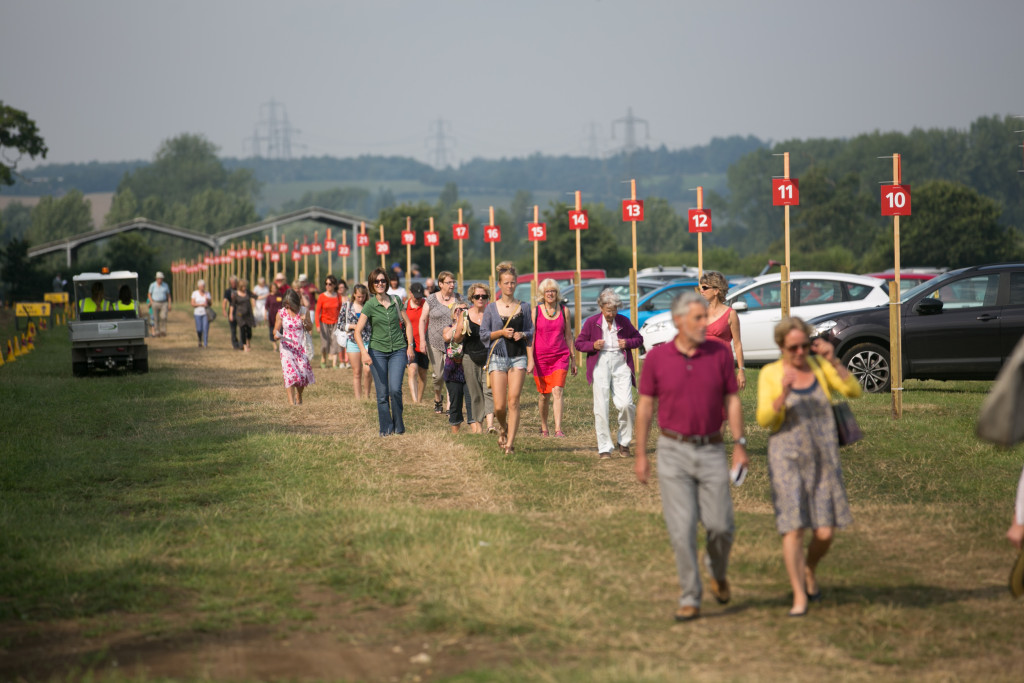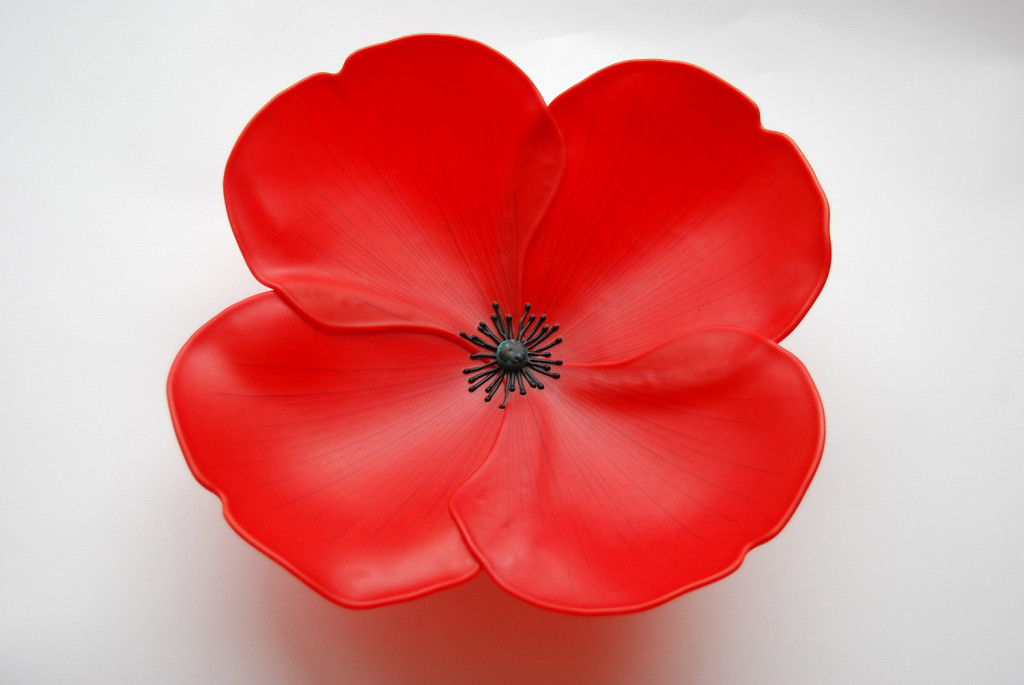
In Waterperry House, visitors can see a project undertaken by artists and architects who are students of the School of Economic Science, sponsors of Art in Action, which offers an insight into the philosophy taught in the school. The New Hall of Waterperry House is decorated with fresco paintings which, in various ways, illustrate the philosophy. It is the most ambitious example of fresco – images painted directly into wet plaster – in Britain.
Every project undertaken in the school has a philosophical context, and the New Hall was no exception: the architects and artists let their designs arise from reflection on a passage from one of the great texts of advaita (non-dual) philosophy, the Brihadaranyaka Unpanishad:
“In the beginning this self was indeed Brahman. It knew only itself as ‘I am Brahman’. Therefore it became All.”
The proportions of the New Hall are based on the harmonies of the octave. Notes an octave apart, for example, have frequencies in a proportion of two to one: the upper Doh vibrates twice as fast as the lower Doh. The fifth note of the scale, Sol, vibrates at three beats for every two beats of the Doh below it; Fa has four beats for every three beats of the Doh… and so on.
As well as these philosophical reflections, the architects and, in particular, the artists had to learn new skills, especially the preparation of a plaster surface and applying paint to it.
Drawings were completed and approved and a local builder, Carter’s, started work in 1999.
The dimensions of the space the builders and the architects created are drawn from the quotation from the Upanishad and from musical harmony. The first sentence is portrayed on a landing on the second floor, on the vertical axis of the atrium. There is little detail here: a few intersecting shapes, in delicate tones of the three primary colours.
Walk down the spiral staircase from here to the first floor, and the eyes meet images representing the world of mind, philosophical enquiry and self-knowledge – “I am Brahman”. A man sits, eyes closed in meditation. A group of students gather in conversation. If you’re seriously interested in philosophy, a few gentle disciplines are necessary, and here they are, in picture form!
Come down another flight of stairs to the ground floor, and you’re confronted by the natural world in all its glory, along with images of several traditional stories which are used to illustrate particular points of philosophical teaching.
These spaces were all designed using a modular unit, which was based on the total space available. It measures 24.75in. (The circular marble tile in the centre of the ground floor has this diameter.) The design of the hall is based on three interlocking spatial forms measuring 20 x 6 x 5 modules, and the way the ground floor and first floor versions of these spaces are arranged is such that they are divided by the vertical axis in the musical proportion of 3:2.
Two floors were removed to create the atrium, and a new piece of double glazing was installed in the roof, to give a stunning sense of height.
We don’t need to understand these proportions to enjoy the display of frescos. What is helpful is a guided tour, given by an expert who was involved in creation of the project, either as an architect or as a painter. Tours are given several times a day during Art in Action. Tickets can be purchased on the day. Arrive early to avoid disappointment.
The New Hall may have been designed in three interlocking spaces, on three floors of the house, but it is certainly not limited by those spaces. Stand on the glass bridge at first floor level and look at the fresco painting of a great tree, swarming with all kinds of life, which extends from floor level almost to the skylight. “Two birds,” says the Mundaka Upanishad, “cling to the same tree…” We can see one bird, representing the individual ego, enjoying the taste of fruit. But can we see a more subtle, second bird, representing the universal, detached self?
On the wall behind you is another full height image (which can be seen better from the ground floor). The sun sends out beams of light and is thus reflected in numerous jars of oil. We see many reflections, but there is one light source – a nice illustration of advaita, non-duality.
On your way out, if you haven’t already seen it, pause to look at the illustration of the story of ten men crossing a river. As the group were making the crossing their boat capsized. When they made it to the river bank they did a head-count and each was distressed to report that only nine had survived. Then a wise man arrived (there’s always a wise man in these stories!) and tapped each of the men with his stick as he counted them, coming to ten in total. Each man, when counting, he pointed out, had forgotten to count himself.
Now, before you go, carefully count the men in the picture.
David Goymour


